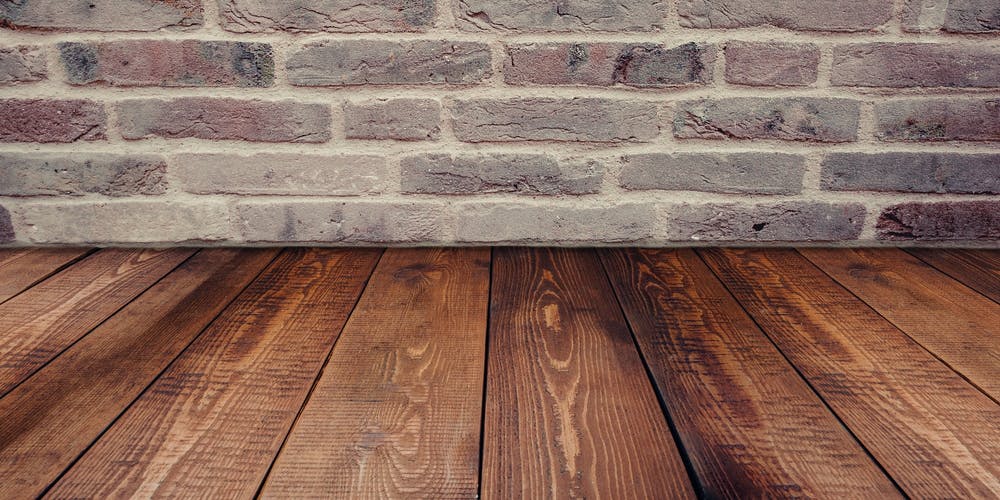A fresh new coat of paint for the garage can be just the tonic to revitalising and rejuvenating the space.
From bright reds and yellows to navy blues or a neutral tone featuring black or white, there is a myriad of stylistic options that homeowners can use to give a clean and neat aesthetic.
This is where many consumers will opt for a Con-Treat garage floor epoxy paint application that delivers a durable and sustainable presentation for the surface.
Some individuals will want to hire a specialist to ensure that there are no hiccups or oversight with the painting project, but if it is applied in the right setting and following safe procedures, it can be executed with a DIY approach.
Let us outline some tips to ensure this task is managed to perfection.
Check if Garage Floor is Epoxy Ready First
Before applying any Con-Treat garage floor epoxy to the surface, DIY operators have to test and see whether or not the conditions are right to proceed first. Clear enough space so that the floor can be checked. If there is grease, added moisture, oils or other substances that are located in this area, the paint can suffer as a result. The best approach is to wipe clean this area and brush down with a tough pad, ensuring that any of this residue disappears. For those owners who have recently installed a concrete slab for a new garage, they should wait at least a month for the mixture to dry and settle before exploring the use of epoxy.
Have The Right Materials and Tools Available

If a DIY operator does not have the right materials or tools available to apply their Con-Treat garage floor epoxy, that will slow down the process tenfold. Firstly they should be correctly attired with safe gear including rubber gloves and boots that are supported by safety glasses. The next batch of items will include a quality paintbrush and roller, masking tape, electric floor scrubber, wet vacuum, power scrubber, degreaser, muriatic acid, non-skid granules and crack filler. Once those products have been ticked off the shopping list, it is time to proceed to the next task.
Apply Scrubber and Vacuum
The next phase of this DIY project is vital to ensure that the garage floor epoxy maintains its integrity and condition. The degreaser should be used to remove oil stains that are evident on the surface. This step will be followed by the use of the electric floor scrubber to give an intensive 30-minute industrial scrub to remove debris and markings from the floor. That will be followed by the use of the wet vacuum to cleans the dirt and debris before being washed away with a mixture of muriatic acid and water before being mopped up. It can be labour intensive work, but the end results will speak for themselves when undergoing this process.
Mix and Apply First From The Perimeter
The two-and-two step process is best when mixing the garage floor epoxy solution – stirring the two components for a five-minute duration before switching the contents into two separate buckets. Once this has been allowed to settle, apply masking tape around the perimeter of the garage and brush the paint over the tape. The dried solution will act as a barrier to any debris or dust that can build up inside the premises. The rest of the project can therefore be carried out with the aid of a roller one stroke at a time.
Finish With Non-Skid Granules
There is one more step that is necessary to produce quality with the garage floor epoxy application. Once the coat has been given time to settle and dry completely, a second coat with the use of non-skid granules should be applied to the surface. This will prevent any slipping with vehicles that have moisture or exposure to snow on the roads.




